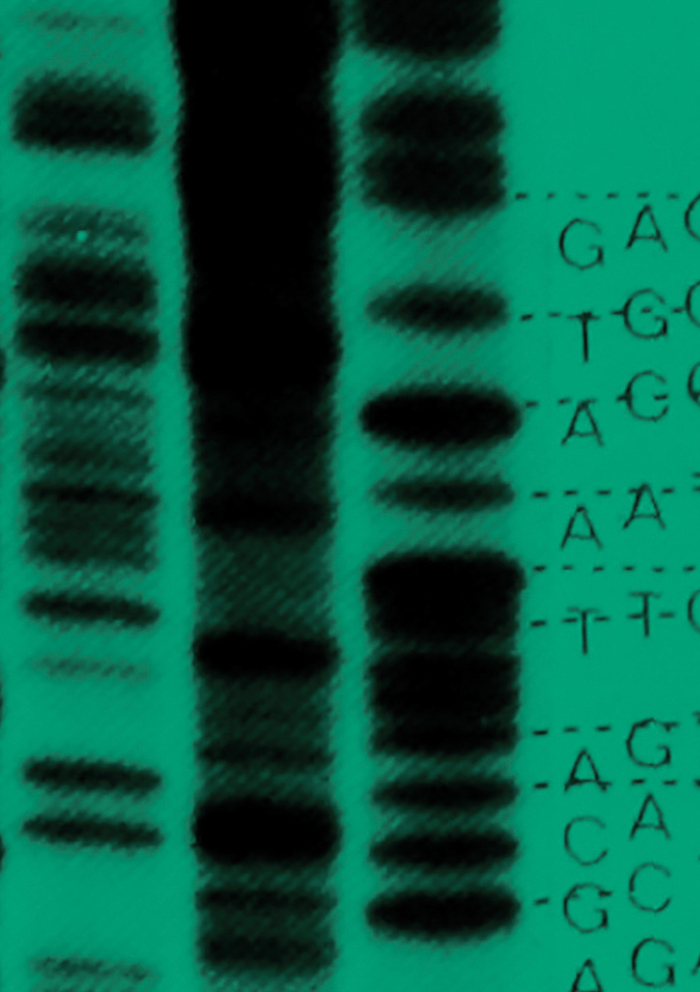 -
Volume 1,
Issue 5,
2015
-
Volume 1,
Issue 5,
2015
Volume 1, Issue 5, 2015
- Research Paper
-
- Microbial evolution and epidemiology
- Phylogeography
-
-
Whole-genome sequencing investigation of animal-skin-drum-associated UK anthrax cases reveals evidence of mixed populations and relatedness to a US case
More LessThere have been two anthrax cases affecting people that played and/or made animal-skin drums in the UK during the last 10 years, with single fatal occurrences in Scotland in 2006 and London in 2008. Investigations by the Health Protection Agency (now Public Health England) employing multi-locus-variable number tandem repeat analysis had previously linked the clinical cases to spores associated with animal skins and drums the patients had been in contact with. In this study, whole-genome sequencing of 23 Bacillus anthracis isolates harvested during the investigations was performed. High-quality draft assemblies of these genomes provided greater characterization of the B. anthracis strains present and placed them all upon a new branch of the global phylogeny. Although closely related, the clinical isolates from the two events, and another isolated from a drum-skin-associated case in New York in 2006, were distinct from each other. Multiple distinct genotypes were found during both investigations, implying either multiple contamination events or a single heterogeneous contamination. One environmental isolate from the Scottish incident was more closely related to London isolates than to the other Scottish isolates. As B. anthracis of this subgroup was present at both geographically and temporally distinct events, it may be more widespread at the source of contamination. All isolates were distinct from currently characterized West African strains, despite this being the likely origin of the drums and hides, therefore adding to our knowledge of B. anthracis diversity in the region.
-
- Responses to human interventions
- Antibiotics
-
-
Genome sequence comparisons of serial multi-drug-resistant Mycobacterium tuberculosis isolates over 21 years of infection in a single patient
More LessWe report a case of chronic pulmonary multi-drug-resistant tuberculosis. Despite 14 years of treatment, Mycobacterium tuberculosis was persistently isolated from sputum. Following treatment cessation the patient remained well, although M. tuberculosis was isolated from sputum for a further 8 years. Genome sequencing of eight serial M. tuberculosis isolates cultured between 1991 and 2011 revealed 17 mutations (0.8 mutations per genome year− 1). Eight of these were persisting mutations and only two mutations were detected in the 7 years following cessation of treatment in 2004. In four isolates there were mixed alleles, suggesting the likely presence of bacterial subpopulations. The initial 1991 isolate demonstrated genotypic resistance to isoniazid (katG W91R), rifampicin (rpoB S531L), ethambutol (embB M306V), streptomycin (gidB L16R), quinolones (gyrA S95T) and P-aminosalicylic acid (thyA T202A). Subsequent resistance mutations developed for pyrazinamide (pncA I31F) and ethionamide (ethA frameshift). Such information might have been instructive when developing a treatment regimen. In retrospect and with the benefit of high-resolution genomic hindsight we were able to determine that the patient received only one or two active anti-tuberculous agents for most of their treatment. Additionally, mutations in bacA and Rv2326c were detected, which may have contributed to the persistent but mild disease course. BacA is likely to be associated with maintenance of chronic infection and Rv2326c with a decreased bacterial metabolic state. These results expand our understanding of M. tuberculosis evolution during human infection and underline the link between antibiotic resistance and clinical persistence.
-
- Methods Paper
-
- Genomic Methodologies
- Genome variation detection
-
-
Shetti, a simple tool to parse, manipulate and search large datasets of sequences
More LessParsing and manipulating long and/or multiple protein or gene sequences can be a challenging process for experimental biologists and microbiologists lacking prior knowledge of bioinformatics and programming. Here we present a simple, easy, user-friendly and versatile tool to parse, manipulate and search within large datasets of long and multiple protein or gene sequences. The Shetti tool can be used to search for a sequence, species, protein/gene or pattern/motif. Moreover, it can also be used to construct a universal consensus or molecular signatures for proteins based on their physical characteristics. Shetti is an efficient and fast tool that can deal with large sets of long sequences efficiently. Shetti parses UniProt Knowledgebase and NCBI GenBank flat files and visualizes them as a table.
-
- Short Paper
-
- Microbial evolution and epidemiology
- Mechanisms of evolution
-
-
Recombination produces coherent bacterial species clusters in both core and accessory genomes
More LessBackground:Population samples show bacterial genomes can be divided into a core of ubiquitous genes and accessory genes that are present in a fraction of isolates. The ecological significance of this variation in gene content remains unclear. However, microbiologists agree that a bacterial species should be ‘genomically coherent’, even though there is no consensus on how this should be determined.
Results:We use a parsimonious model combining diversification in both the core and accessory genome, including mutation, homologous recombination (HR) and horizontal gene transfer (HGT) introducing new loci, to produce a population of interacting clusters of strains with varying genome content. New loci introduced by HGT may then be transferred on by HR. The model fits well to a systematic population sample of 616 pneumococcal genomes, capturing the major features of the population structure with parameter values that agree well with empirical estimates.
Conclusions:The model does not include explicit selection on individual genes, suggesting that crude comparisons of gene content may be a poor predictor of ecological function. We identify a clearly divergent subpopulation of pneumococci that are inconsistent with the model and may be considered genomically incoherent with the rest of the population. These strains have a distinct disease tropism and may be rationally defined as a separate species. We also find deviations from the model that may be explained by recent population bottlenecks or spatial structure.
-
- Erratum
-
Most Read This Month


